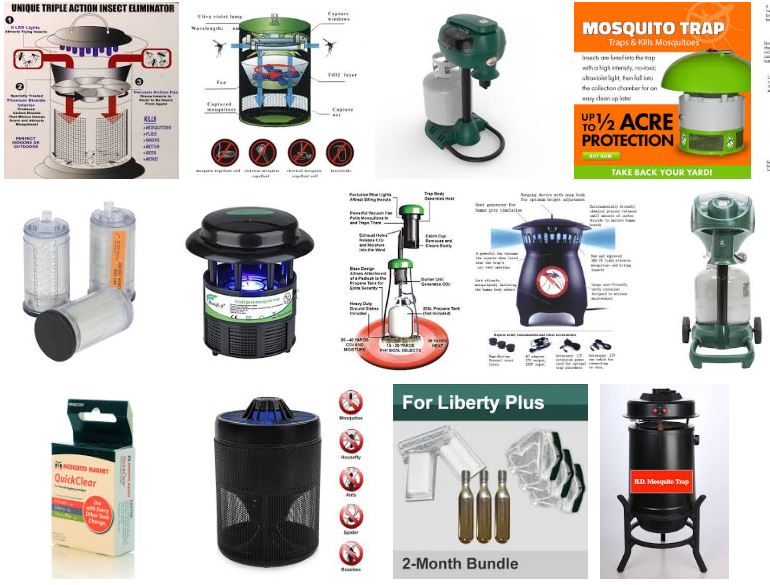
You have finally decided that you want a greener alternative for using insecticides while combating mosquitoes. One of the best ways of doing that is by buying a mosquito trap. Now don’t think your problems are solved by that decision. With many products on the market, your problems of choice have only started. So how will you know if you are making the right buy?
When buying a mosquito trap ask these 5 important questions:
1. What kind of mosquitoes do I want to catch?
In Southeast Asia we have a lot of Aedes mosquitoes that are able to transmit a variety of diseases. So some of you might only want to catch Aedes albopictus and Aedes aegypti. These Aedes mosquitoes can be trapped by only using a trap that emits an artificial human scent (mimics our skin odor).
If you also want to get rid of ‘nuisance’ mosquitoes of the Culex family (house mosquito), then a trap with CO2 should be used. Not only will CO2 attract more species of mosquitoes, it will also increase the catch results by up to 85%.
2. Do I want an indoor trap or an outdoor trap?
Mosquitoes normally fly from the outdoors towards the indoors. So you basically have two catch options. The first one is catching mosquitoes BEFORE they get into your house and the second one is catching mosquitoes that are already present in your house. Mosquito traps using CO2 can only be used outdoors. When buying an outdoor trap it is important to see how many square meters a trap covers. But don’t believe everything they tell you! (see 5.)
3. What attractant is used in my mosquito trap?
Every mosquito trap should have at least one attractant and preferably more than one.
The most important attractant to catch mosquitoes is carbon-dioxide (CO2). People exhale CO2 and that is why we are so attractive to mosquitoes. Furthermore our bodies emit odor and heat that also play a role when trapping mosquitoes, because mosquitoes are drawn to it. So if you intend to buy a trap that has an artificial human scent then that is great. Although heat (human body temperature) plays a role, this role is minor. Color contrast is somewhat important when mosquitoes are approaching a trap. So a trap that is even in color is most likely less attractive. The bigger the contrast, the bigger the attraction. Does a trap use (UV) light? Traps with (UV) light should not be used when trapping Aedes mosquitoes. These mosquitoes are mainly active during the day when the (UV) light is not effective. Traps with (UV) light also attract many other, including beneficial insects which often results in an insect over-kill and blocked traps.
4. Are the attractants sufficient?
As mentioned above, CO2 is very important when attracting mosquitoes. An average size adult male exhales about 700 gram of CO2 per 24 hours. Fortunately we can also attract mosquitoes with less CO2 than this. However, any trap releasing less than 200 gram of CO2 per 24 hours will by far not be as effective as a trap that releases more than 200 grams per 24 hours. So if you contemplate buying a mosquito trap that releases CO2, check the amount that is released in 24 hours. Even better, if you can program the CO2 release in a way, that it is only added as an extra attractant to your traps at whens, when your traget-mosquitoes are active. In this way you can save a lot of CO2 and money!
5. Is there scientific proof for the trap I like to buy?
We are all exposed to commercials and we are all more or less influenced by what we believe as being ‘true’. Don’t be fooled by big promises. It is always wise to ask for scientific proof of the efficiency of a mosquito trap before you spend your hard-earned money.
You might have many more questions regarding mosquito traps. You can find the most asked questions regarding Biogents mosquito traps on our Questions and Answers page.
Scientific proof of the efficiency of our traps you can find here.






